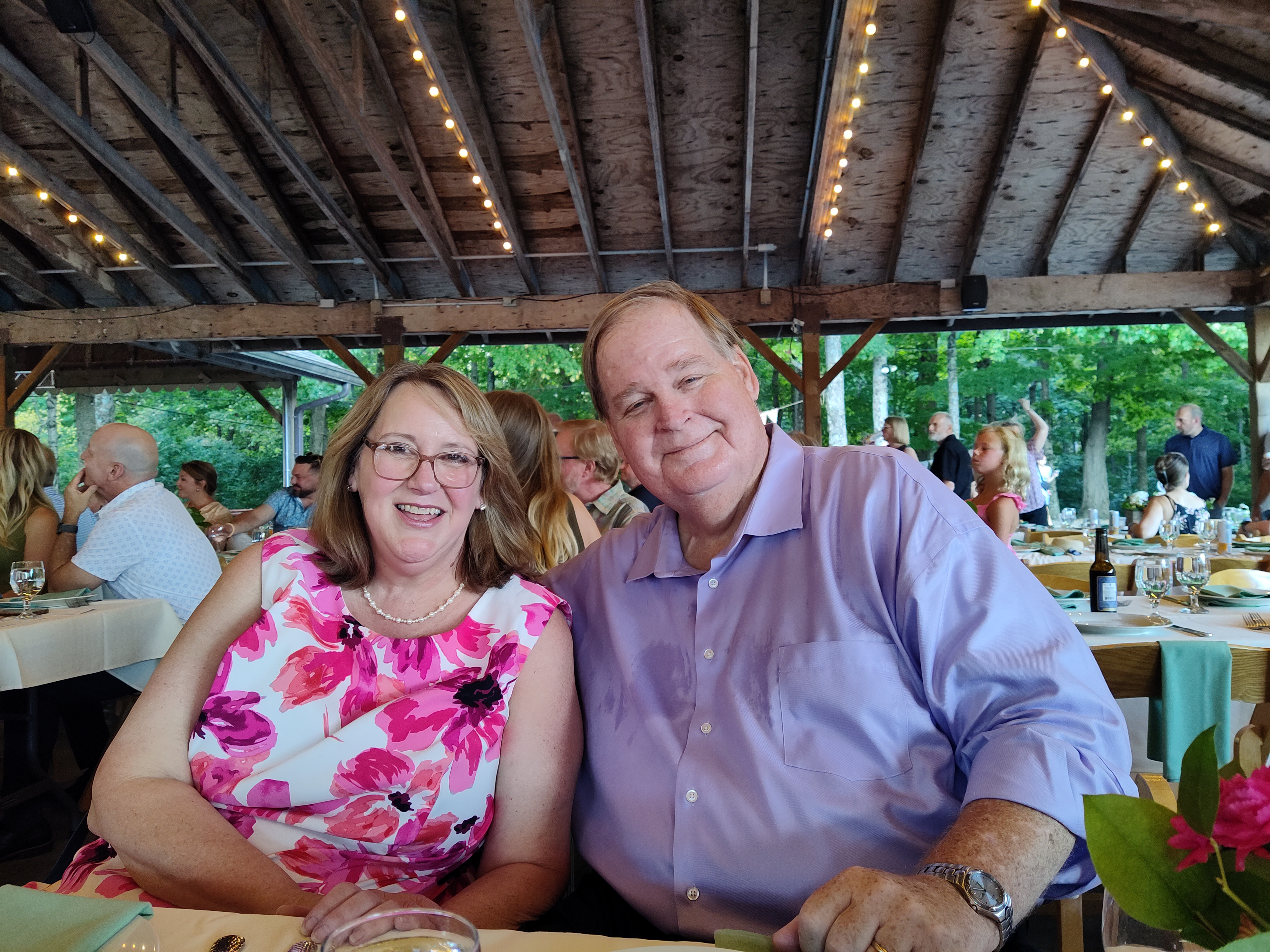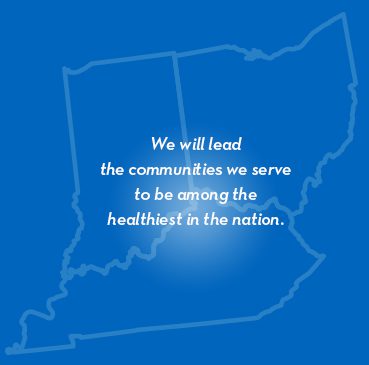Thomas Hopkins
Overcoming Pancreatic Cancer: Tom’s Journey
Like many, Tom Hopkins put off going to the doctor. He noticed some gastrointestinal symptoms, but shrugged them off as a likely virus and carried on with his day-to-day routines.
It wasn’t until his adult daughter told him he looked yellow following a work trip that he finally sought care.
“I looked in the mirror, and I looked like one of the Minions,” says Tom, 63, a managerial consultant from Union, Ky. “There was no mistaking the fact that I had jaundice, so I headed straight to the emergency department.”
Philip Williams, MD, a Gastroenterologist at St. Elizabeth Healthcare, treated Tom and broke the news that his symptoms likely meant pancreatic cancer.
“Dr. Williams explained that my jaundice was from a blocked bile duct, which is typically caused by either a tumor or gallstones,” Tom says. “Since I had my gallbladder removed years ago, we knew right away it wasn’t gallstones.”

Make an appointment
For more information, please contact your oncologist or the Cancer Care Center at (859) 301-4000
A Team Approach to Cancer Care
Dr. Williams installed a stint to correct Tom’s bile duct blockage before referring him to Brent Xia, MD, a Surgical Oncologist at St. Elizabeth Healthcare.
“Dr. Xia ordered a series of scans that showed a growth on my pancreas. He was straightforward about the news that I had cancer and launched right into laying out possible treatment options,” Tom says.
Tom feels grateful that his jaundice episode allowed St. Elizabeth teams to diagnose his cancer relatively early, before it had metastasized and spread well beyond his pancreas.
“Dr. Xia explained his plan to treat the tumor with both chemotherapy and surgery,” Tom says. “Learning you have cancer is never news you want to hear. But he made the process easier by laying everything out and explaining what was going to happen, step by step.”
Tom then met with Minsig Choi, MD, a St. Elizabeth Oncologist who helped him chart his pre- and post-surgery chemotherapy plan.
After two months of multi-drug chemotherapy, Tom underwent a pancreaticoduodenectomy, also known as a Whipple procedure. During this procedure, Dr. Xia removed the cancerous portions of Tom’s pancreas. Dr. Xia also removed about 40 of Tom’s lymph nodes to try to capture all traces of active cancer.
Following surgery, Tom recovered in the hospital for six days and then at home for another two weeks before being cleared to return to normal activities. Once well enough, he received 11 more rounds of chemotherapy.
The ordeal wasn’t easy or fun, but Tom persevered with help and love from his family. His wife, Tracy, and daughter, Karen, stepped in to support his care. His sons, Sam and Daniel, took over maintenance of the family’s 11-acre property, so Tom could focus on recuperating.
“My strong suit is not asking for help, but I learned to take help that year. On the plus side, I now have a really cool scar that goes from my sternum to my belly button,” Tom jokes.
The Gift of a New Start
As a side effect of the Whipple procedure, Tom has developed diabetes. Because the pancreas plays a critical role in regulating blood sugar, its removal can lead to diabetes development in some patients. It was a risk Tom knew about and one he was willing to take to be cancer-free.
He now works with St. Elizabeth Endocrinologist Wael Eid, MD, to manage his diabetes symptoms. He takes insulin and wears a glucose monitor. Following his pancreas removal, Tom finds he does better eating small meals throughout the day. He also works to avoid sugar and limit carbs.
In the process of healing from the Whipple procedure and working to improve his overall diet, Tom has lost more than 100 pounds since his initial cancer diagnosis a year ago.
Through it all, Dr. Xia has been very hands-on in monitoring his progress, Tom says.
“When I was in the hospital, he would call the nurses often to ask about my test results, and he called me directly to check in during my home recovery as well,” Tom says. “He is a great guy who definitely cares. And I can tell you that he’s good at what he does, because I’m still here.”
For the next two years, Tom will face regular tests and scans to check for possible cancer recurrence. But for now, he’s feeling well and enjoying life.
“The way I look at it is, I’m on bonus time,” he says. “The next couple of years will determine if the cancer comes back, but I’m not worried about it. Worrying would just detract from the time I do have. I’m putting that out of my mind and thinking about this gift of time right now — and how I can best use it.”
With that positive outlook propelling him, Tom is back to pastimes he enjoys, including golfing, spending time with family and doing grounds maintenance volunteering for an area nonprofit.
“I have friends who are just starting their cancer journey, and I tell them, ‘Try to stay positive,’” Tom says. “Staying positive helps make getting through this easier on yourself and everyone on your support team.”
Find out more about risk factors and symptoms of pancreatic cancer and make plans to discuss any concerning symptoms with your Primary Care provider.

